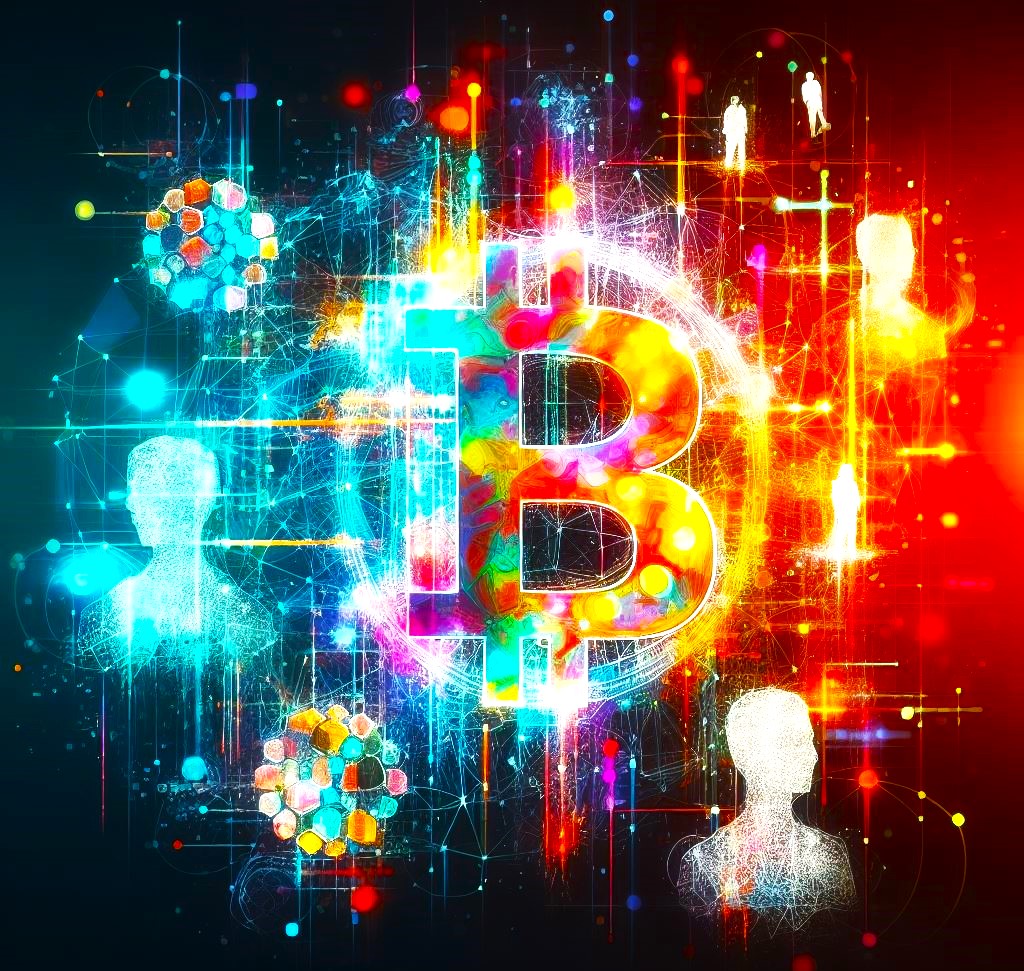The Generation AI: How the next wave of young innovators will shape the future
Artificial intelligence (AI) is not only a technology that is transforming the world, but also a culture that is inspiring the next generation of young innovators.
The Generation AI is a term that refers to the children and teenagers who are growing up with AI as a natural part of their lives, and who are using it to express their creativity, solve problems, and pursue their passions.
Generation AI is different from the previous generations in many ways. They are more diverse, more connected, more curious, and more entrepreneurial. GEN AI are also more aware of the social and ethical implications of AI, and more eager to use it for good. They are not just passive consumers of AI, but active creators and collaborators.
The Generation AI is already making an impact in a variety of domains and industries.
Education
Generation AI is learning with and from AI, using it to enhance their learning experiences, personalise their curricula, and access global resources. They are also teaching AI, using it to share their knowledge, mentor their peers, and build their portfolios. For example, CodeGPT is a platform that allows students to learn coding with AI, and to create their own AI projects.
Healthcare
The Generation AI is improving their health and well-being with AI, using it to monitor their fitness, nutrition, and mental health, and to access reliable and personalized health information and services. They are also contributing to the health of others, using AI to support health research, diagnosis, and treatment. For example, Cureskin is an app that uses AI to detect and treat skin conditions.
Entertainment
The Generation AI is enjoying and creating entertainment with AI, using it to discover and consume content that suits their tastes, preferences, and moods, and to generate their own content, such as music, art, games, and stories. They are also engaging and interacting with AI, using it to play, chat, and socialise with others.
For example, OpenART, Microsoft Copilot, Stable Diffusion or PopAI and OpenAI’s ChatGPT are just a small selection of generative AI systems that can create realistic and diverse images from text descriptions. The Generation AI is not only the future of AI, but also the future of humanity.
They are the ones who will shape the direction and impact of AI, and who will benefit from its opportunities and challenges. They are the ones who will unleash the full potential of AI, and who will make the world a better place a discerned use of AI.
Note: apps mentioned in this article are not recommendations. They are just for reference only.








































